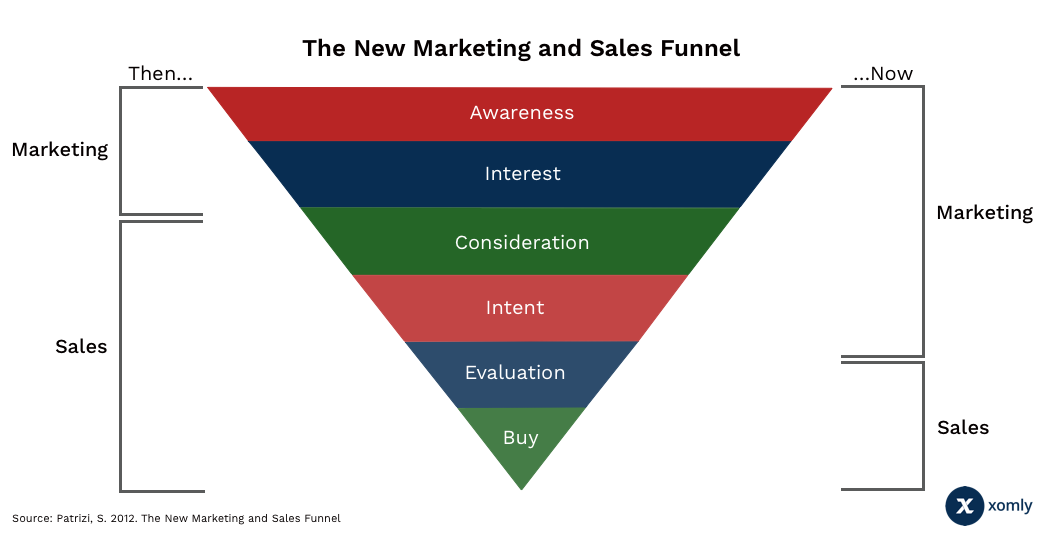
3 Simple Ways to Align Marketing and Sales
Sales and marketing are two different players on the same team. The job of the marketing team is to give the company and products a name and a face. The job of the sales team is to sell those products. The reality is that marketing and sales are really just trying to do the same thing, they are trying to increase business revenue. Traditionally sales has largely been responsible for helping the buyer through the sales funnel, however, more recently, marketing shares in that responsibility. With access to ratings and opinions by the consumers, people now educate themselves more before approaching a business about a product offering. With this change to more marketing involvement in the sales funnel there is a greater need for marketing and sales to align themselves in order to accomplish the same goal. Those best in class companies (according to a study done by the Aberdeen Group) who align marketing and sales, increase annual growth by 20% compared to a 4% decrease in those companies that do not. Here are 3 simple ways to begin the journey of aligning sales and marketing in your business.

1. Communicate
Communication is arguably the most important part of aligning marketing and sales. Misunderstandings happen ALL the time! The marketing team attracts those people who are potential customers and hands them off to the sales team. The transition from the marketing team to the sales team ought to be fluid, but most of the time it’s not because of this lack of communication between marketing and sales. In order to communicate better there should be records, whether that is in the form of an email or a shared document, you decide. Meetings, whether over the phone, internet or in person, need to occur so that marketing understands what sales is doing and vice versa. The important part is that the potential customer doesn’t feel that their needs are being overlooked or misunderstood because of miscommunication during the transition. Sales and marketing should have a constant flow of communication!
2. Create the Same Metrics
Communication is just the beginning. Recording information and keeping tabs on it works great, but now what? How can marketing tell if what they are producing is beneficial? How can sales understand which content is helping them sell more? Sales and marketing need to have the same way to measure success, the same metrics! Some examples of metrics are:
- what is a qualified lead?
- what determines whether to disqualify a lead?
- what determines whether to discard a lead?
- at what point does marketing hand off a lead to the sales team?
- Metrics help marketing to understand that they are handing off a potential customer to a salesperson who is willing and anxious to make the sale. Metrics will also help sales because sales will not be getting leads that are useless, they will know marketing is handing off a very warm lead.
3. Focus on the Customer
The most important people are the customers, whether that be a business or a person. Every potential customer and their needs are slightly different. A salesperson will not always be approaching someone ready to buy in that moment. A marketer will not always appeal to the customer through the work they produce. It is imperative that marketing and sales work together and focus on the customer’s needs, and not what they think the customer needs. How can you tell what customers need? One way is detailed tracking throughout the process, another is to survey your current customer base. These will help you know why a customer chose to buy and what peaked their interest in the first place. With this knowledge you can identify what got your customers into the sales funnel and ultimately what got them to the bottom of the funnel. As both marketers and salespeople focus on the customer, the probability for success and revenue increase is greater.
Everyone has an opinion on best practices for companies that are looking to align sales and marketing. When it comes down to it though, most of the time, their lists are extensive and overwhelming. Start with these 3 simple steps and adjust accordingly. Ultimately you know what your business and teams need so start the process of alignment and expand from there.
